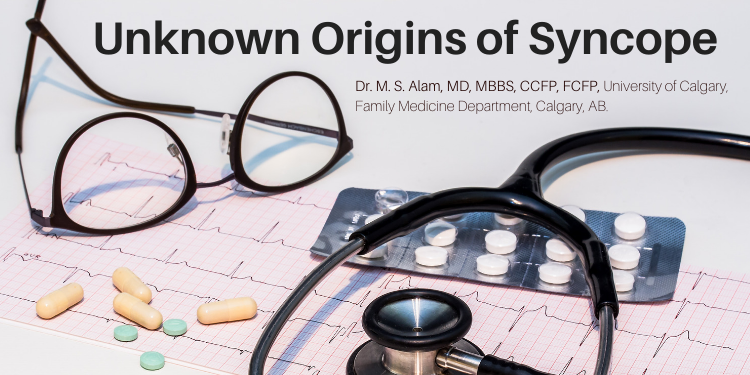Rodrigo B. Cavalcanti, MD, FRCP(C)
Clinical Assistant, Internal Medicine, University Health Network.
Shabbir M.H. Alibhai, MD, MSc, FRCP(C)
Staff Physician, Internal Medicine and Geriatrics,
University Health Network, Lecturer, Dept. of Medicine,
University of Toronto, Toronto, ON.
Introduction
Syncope is defined as a transient loss of consciousness accompanied by a loss of postural tone, followed by complete, spontaneous recovery.1 Population-based studies, such as the Framingham study, indicate that the overall incidence of syncope is 3% per year for men and 3.5% per year for women.2 Moreover, syncopal events become more frequent with age, with the incidence rising to 6% per year in persons over 75 years of age.2
It is important to note that syncope is fundamentally a symptom, rather than a disease process, with multiple conditions giving rise to this symptom. The common step in most etiologies is a transitory compromise in cerebral blood flow. Impairment in blood flow to the reticular activating system in the brainstem results in loss of consciousness, while lack of perfusion to the corticospinal pathways impairs motor tone.
Currently, it is estimated that between 2-6% of all hospital admissions are for evaluation of syncope or treatment of associated falls, 80% of which are in persons aged 65 years or older.

